

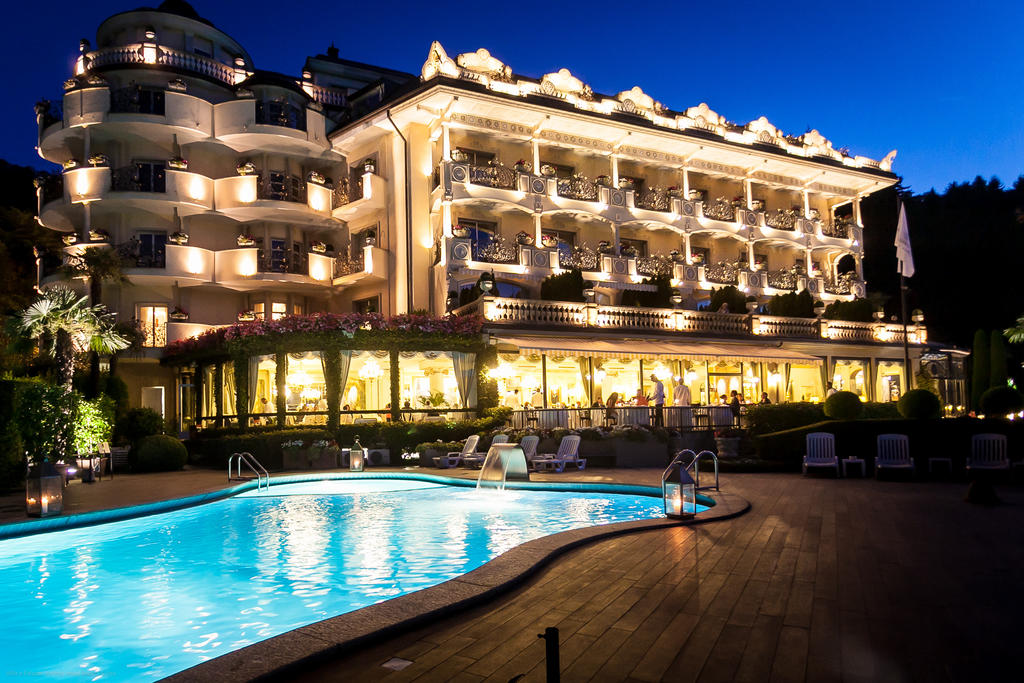



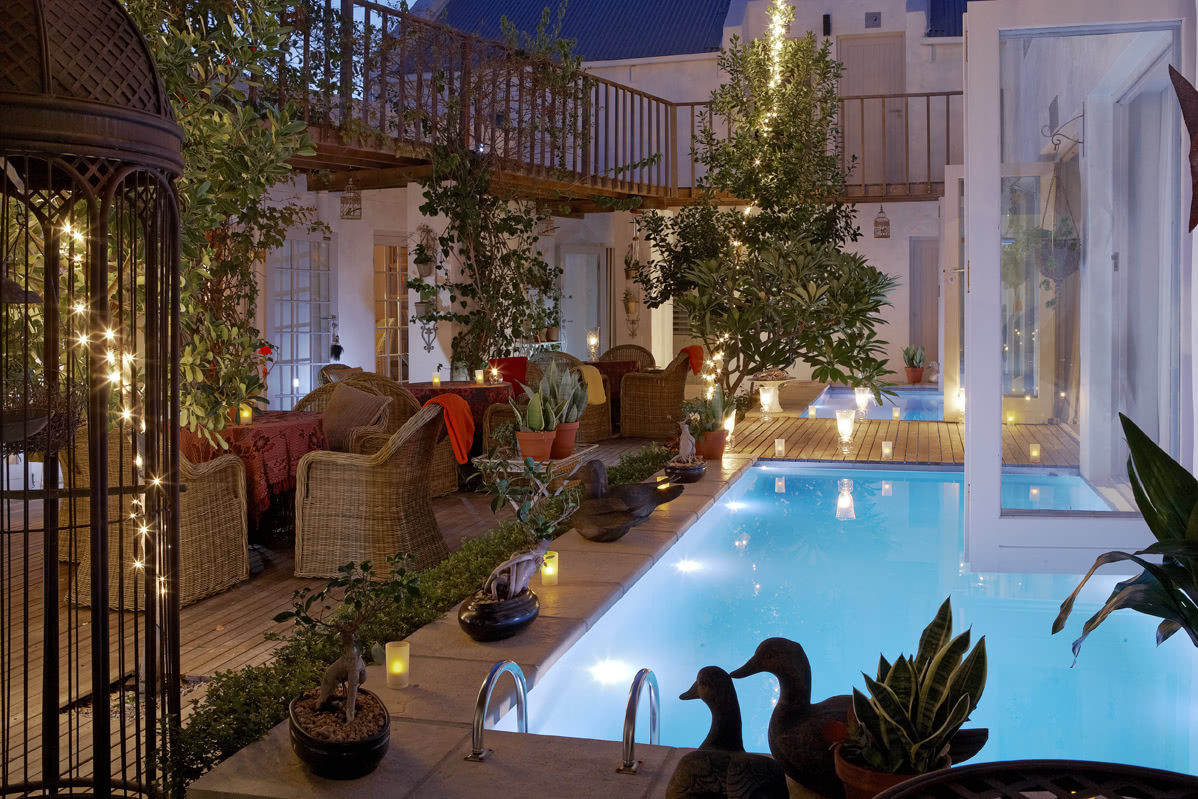
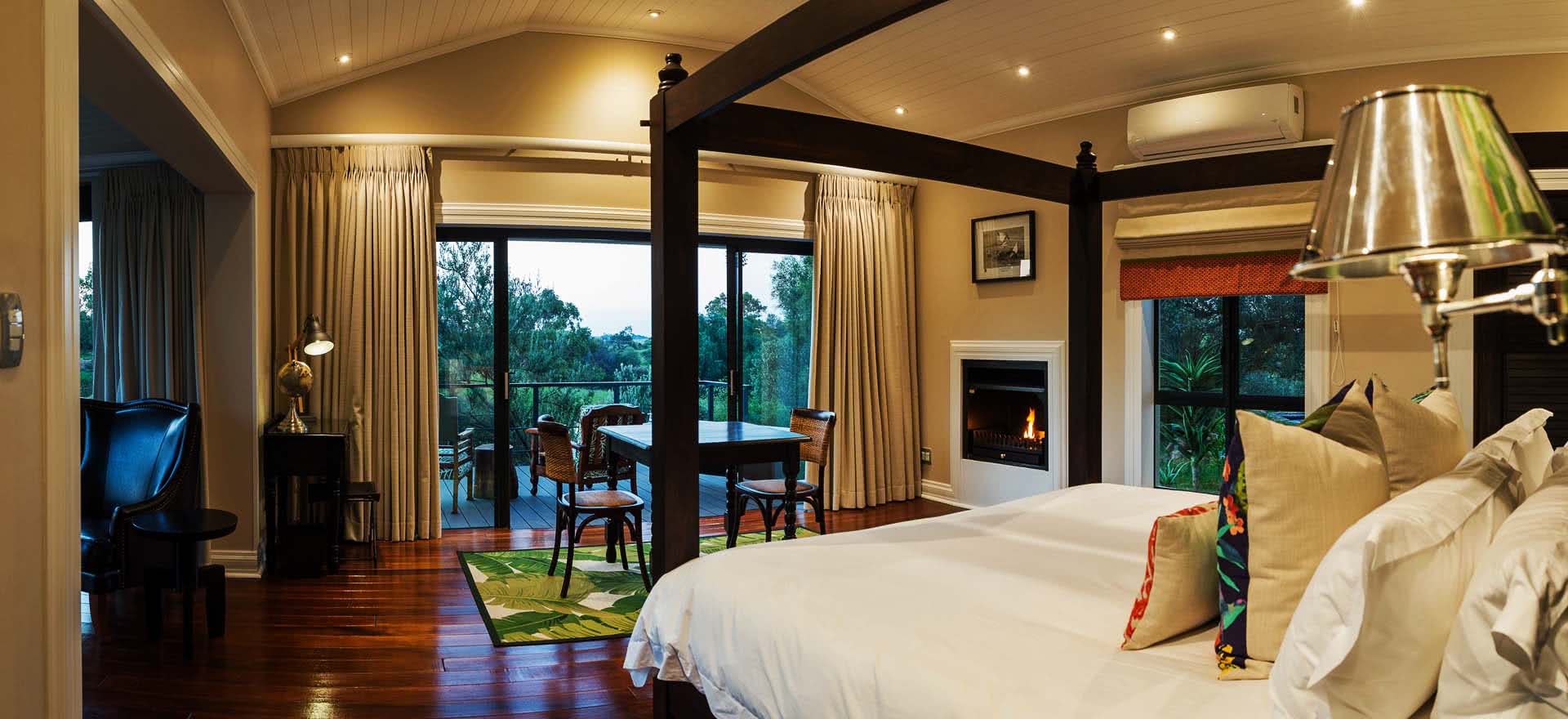
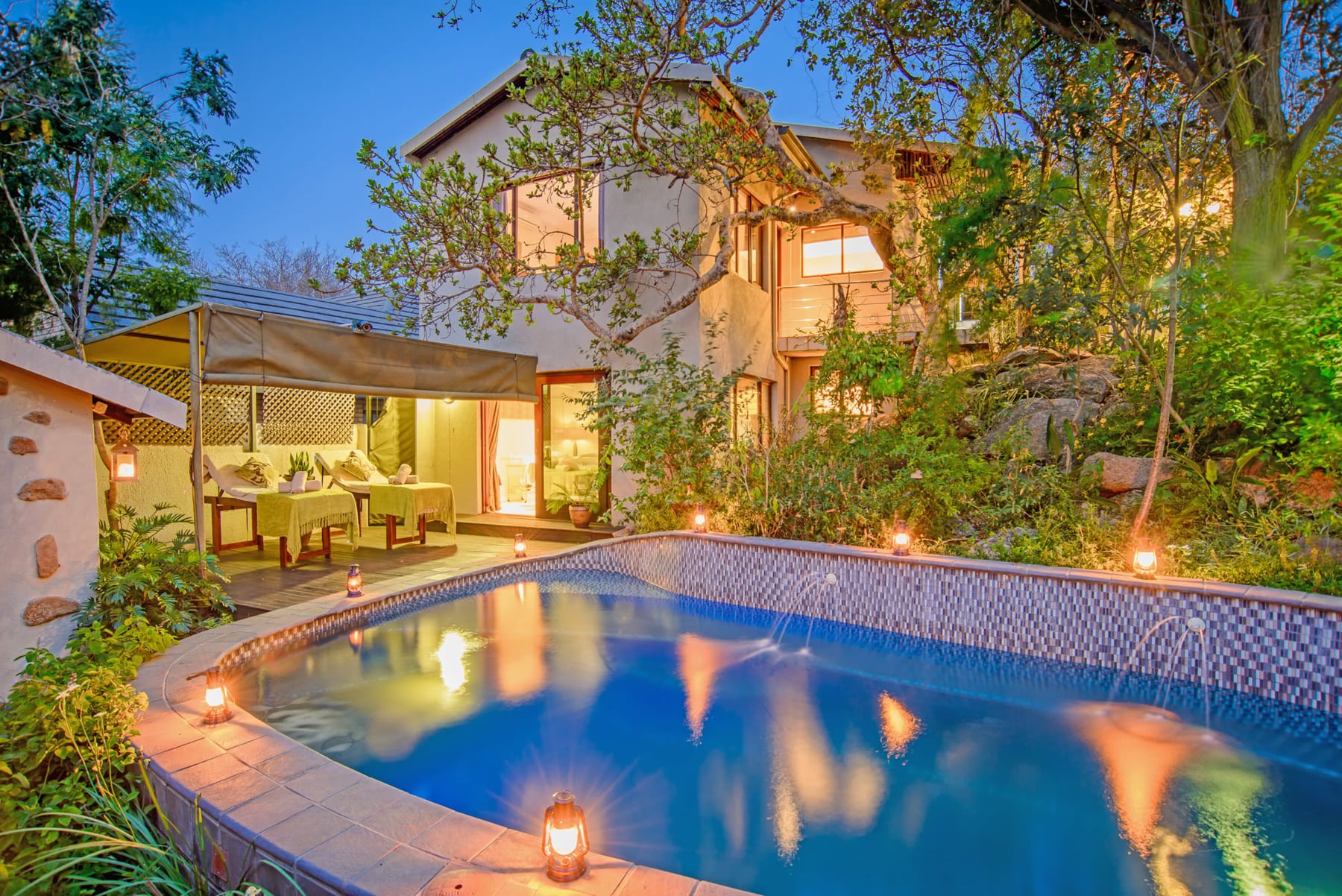




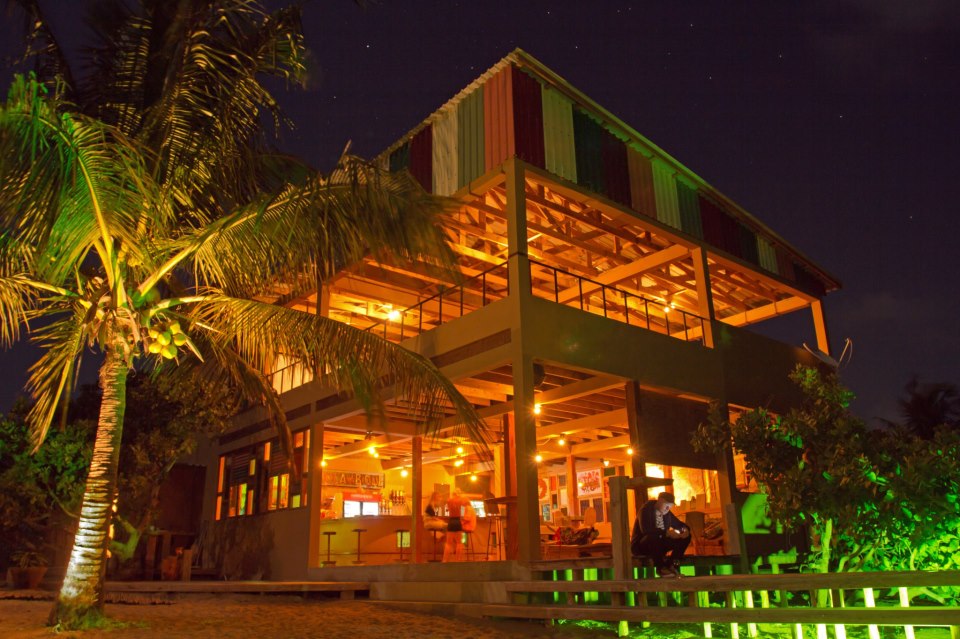




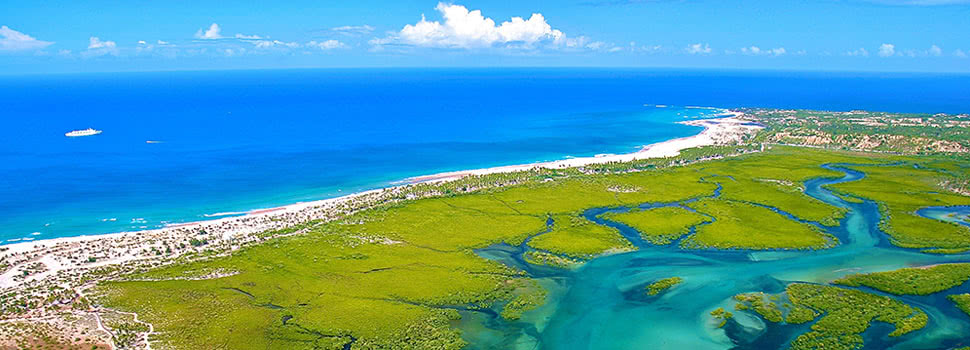
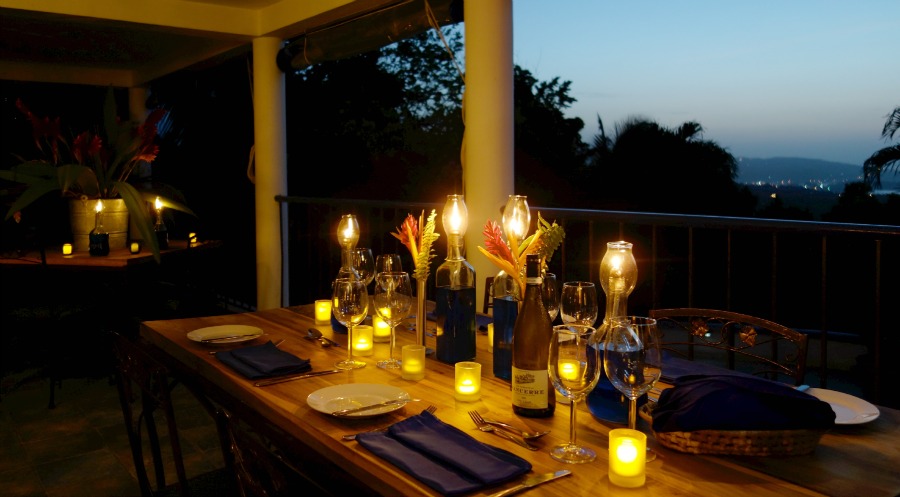



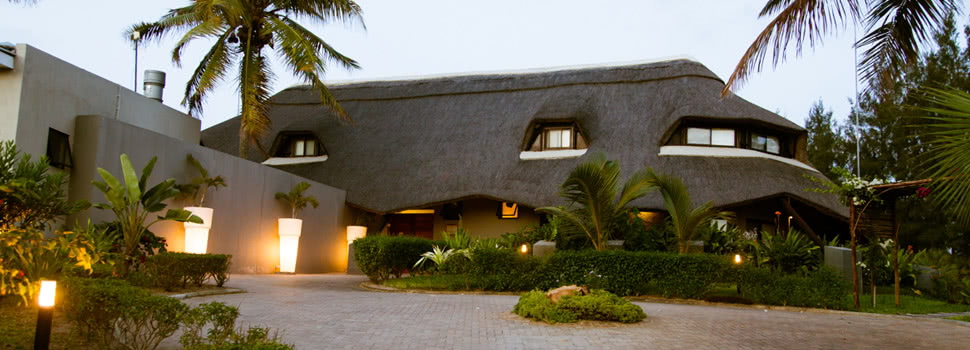



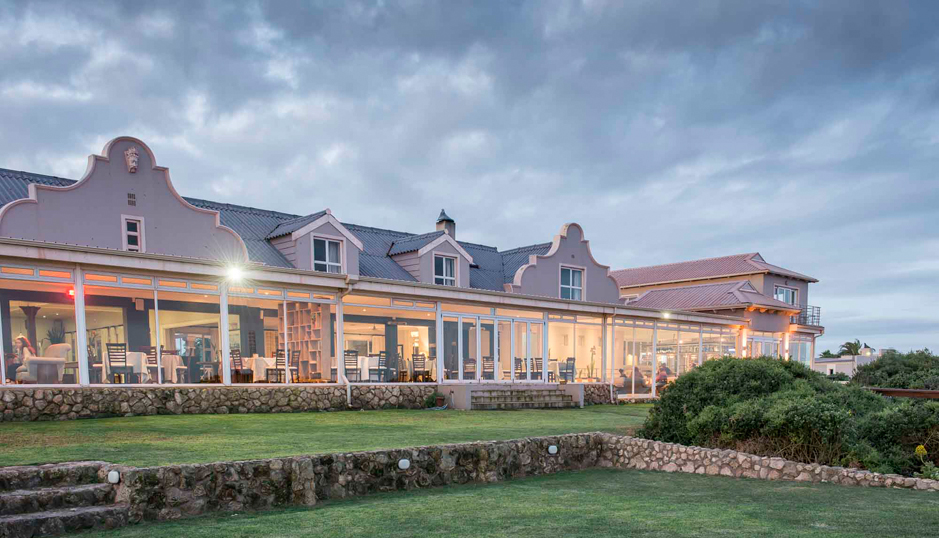


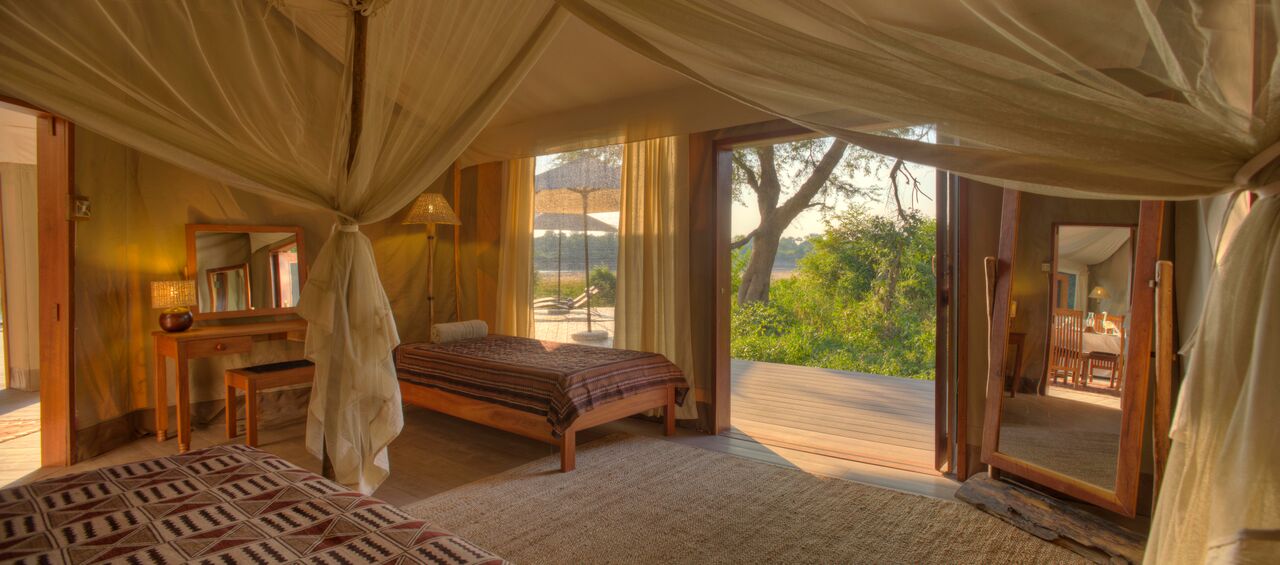


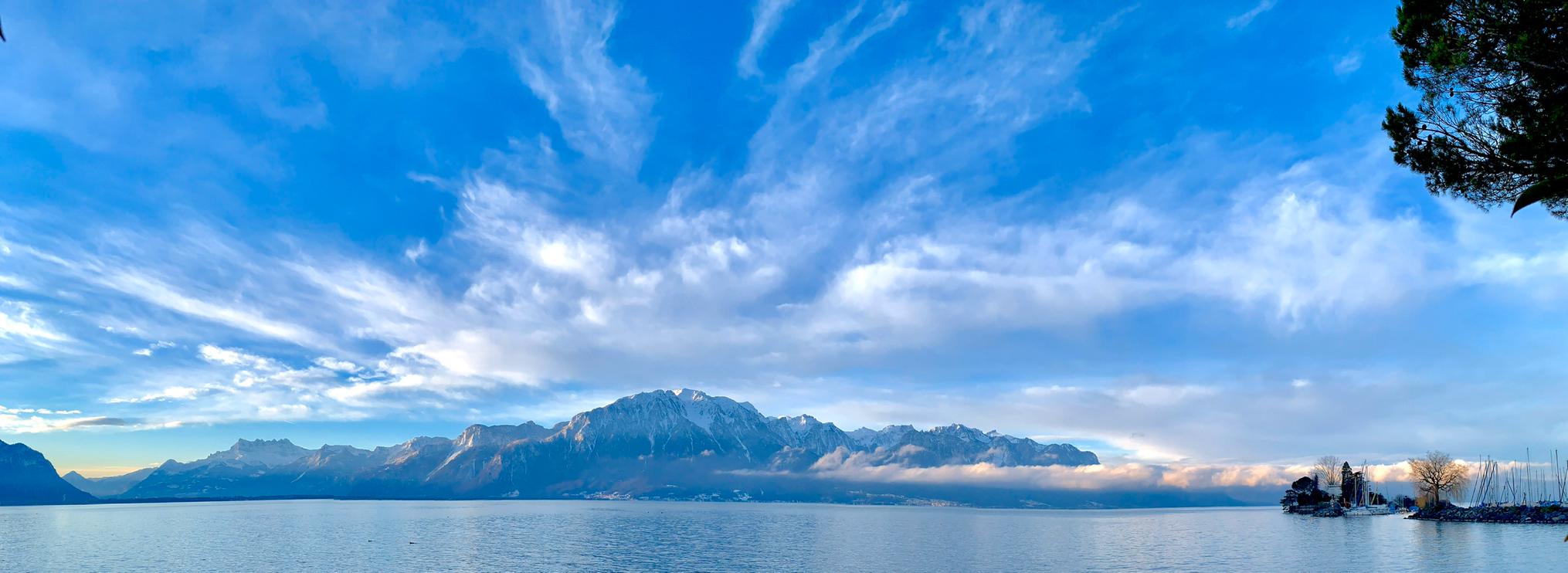


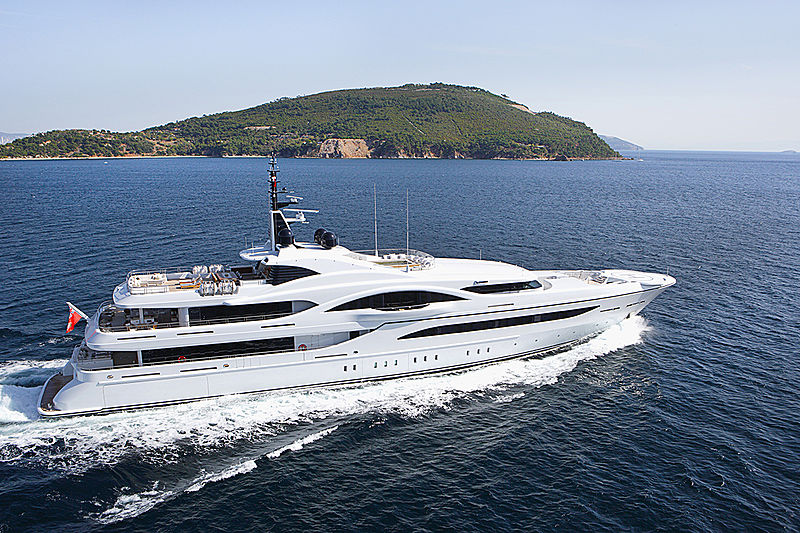














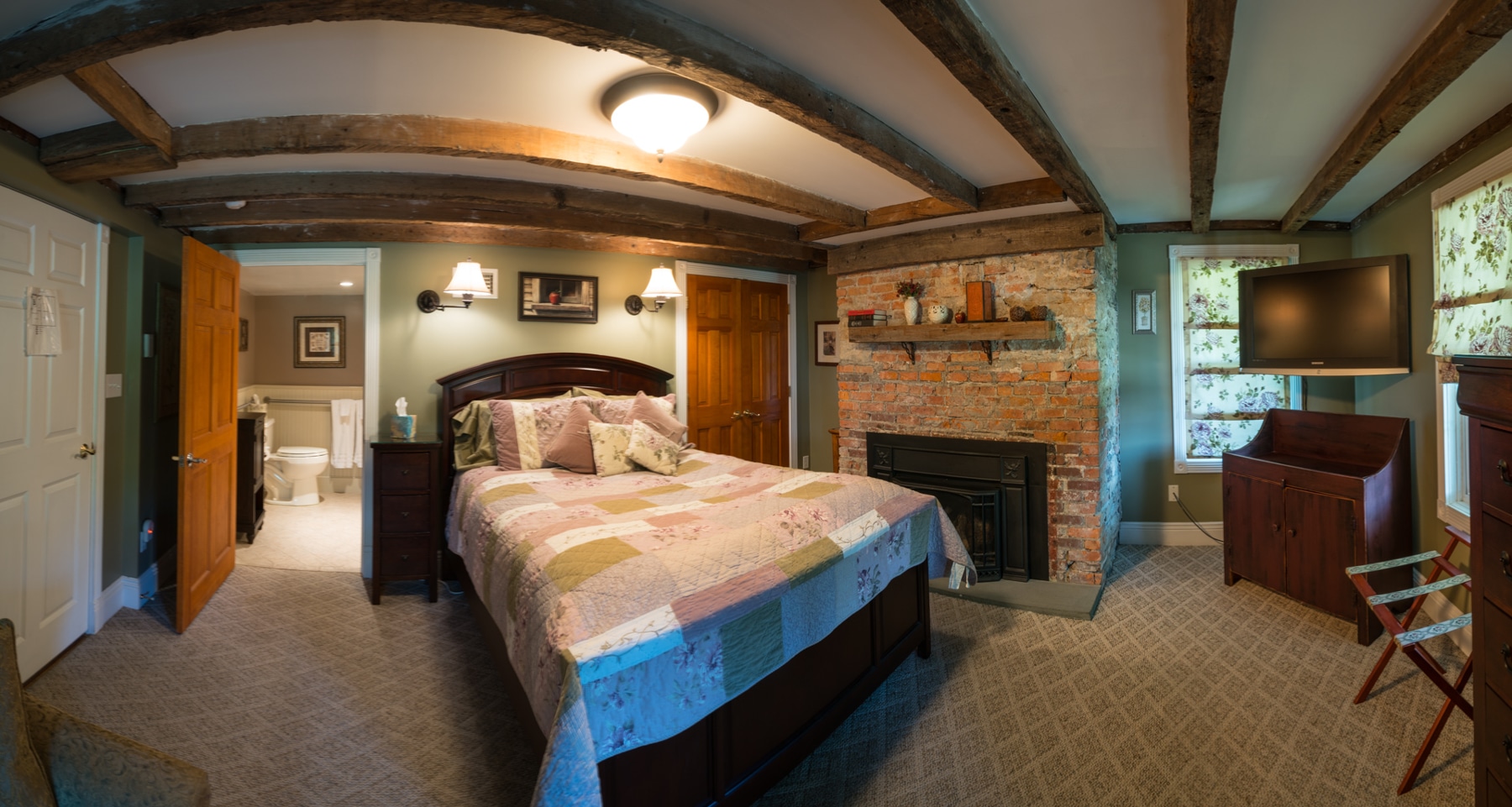






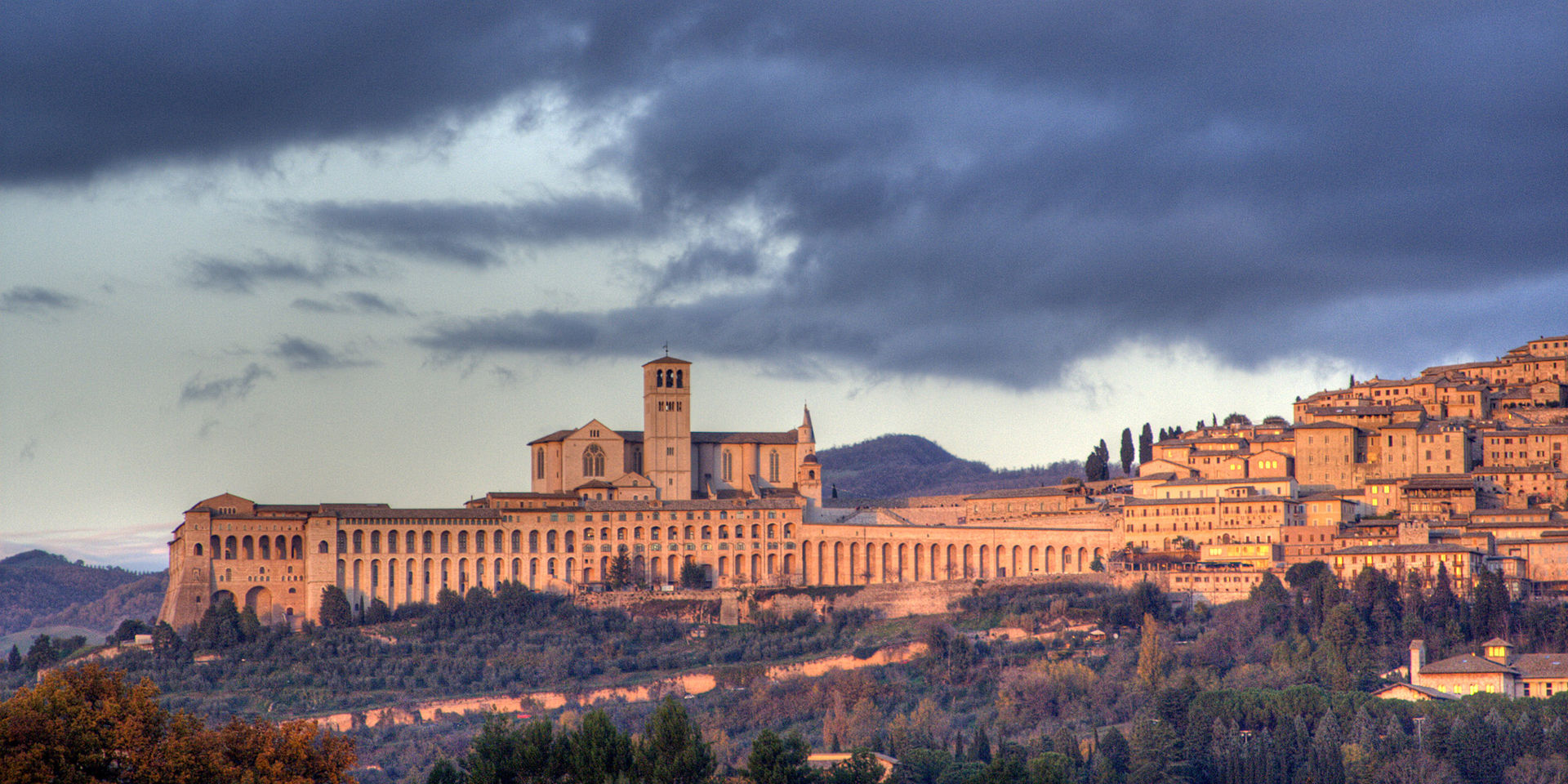
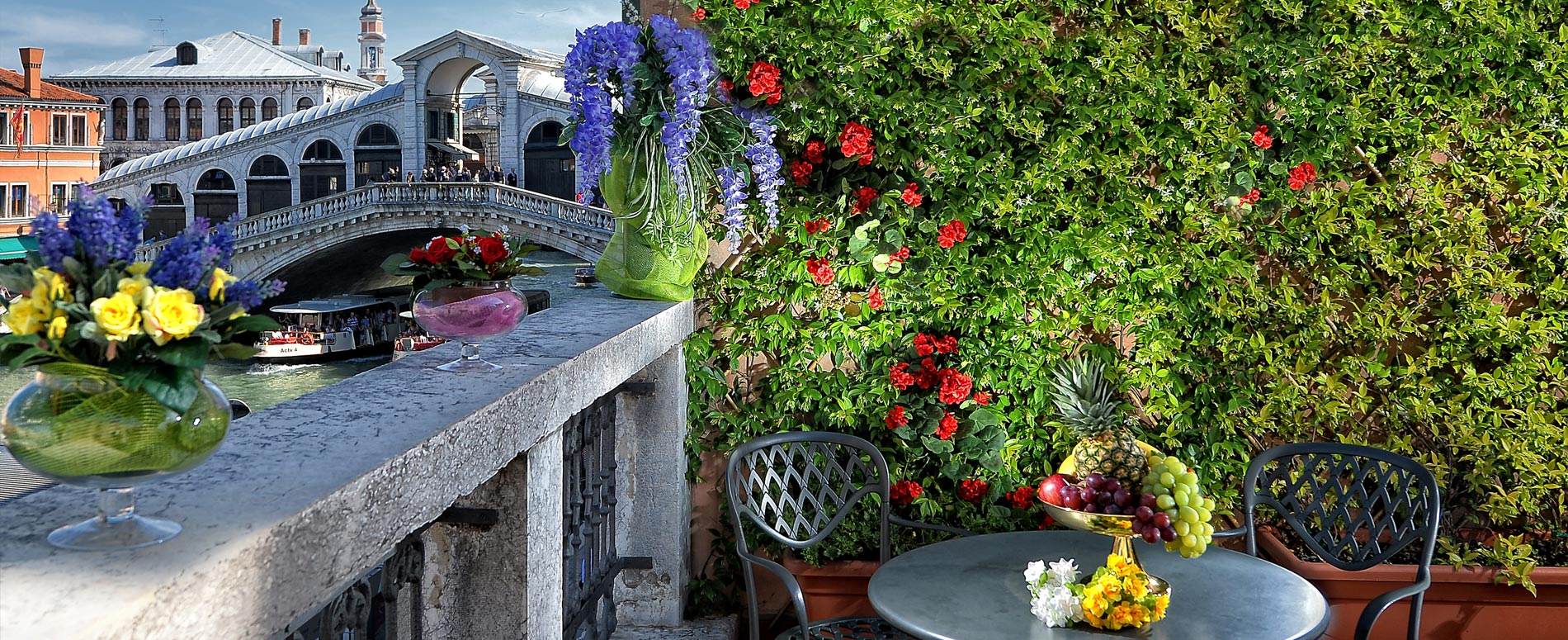






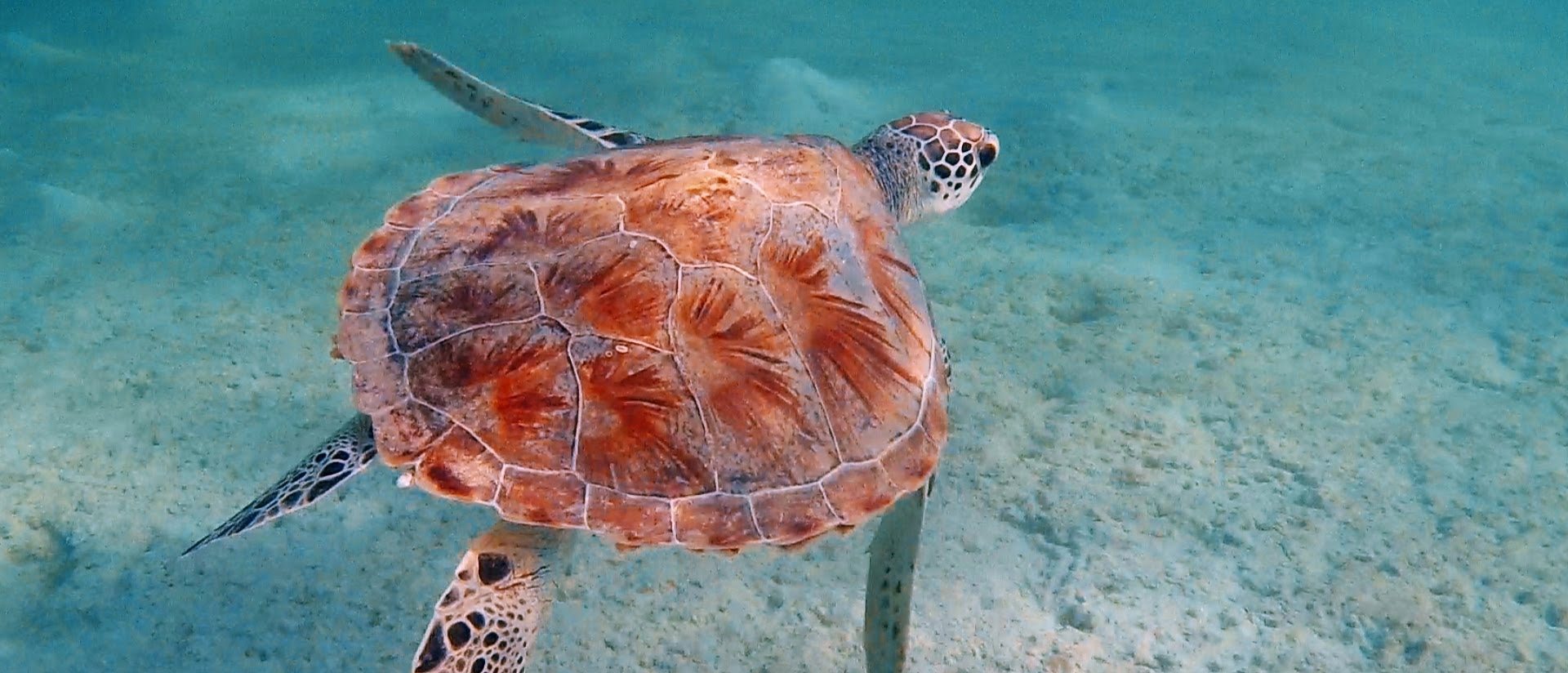

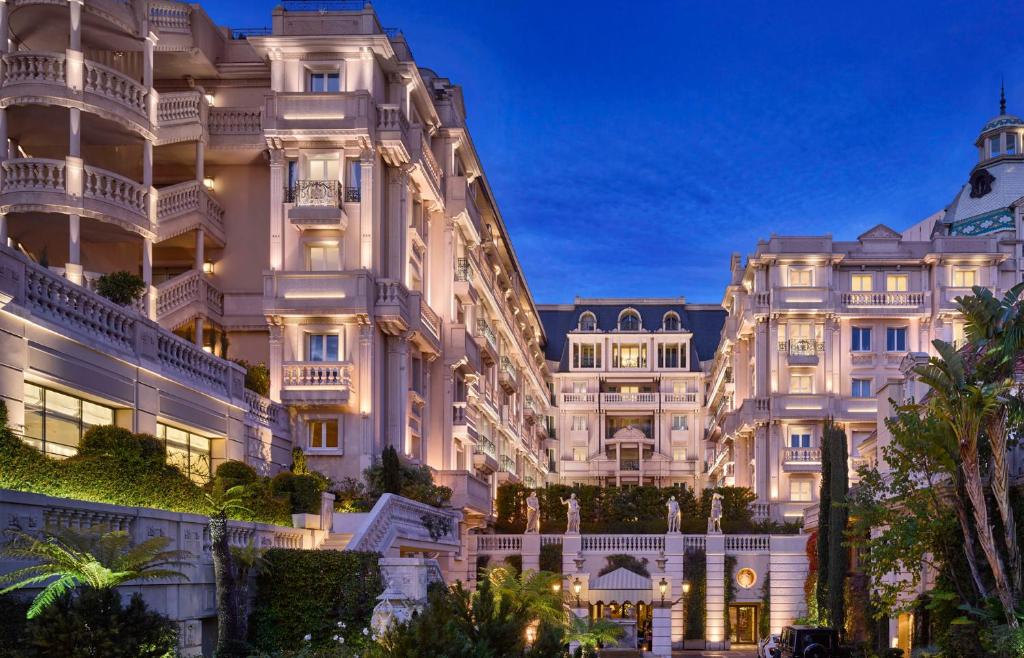

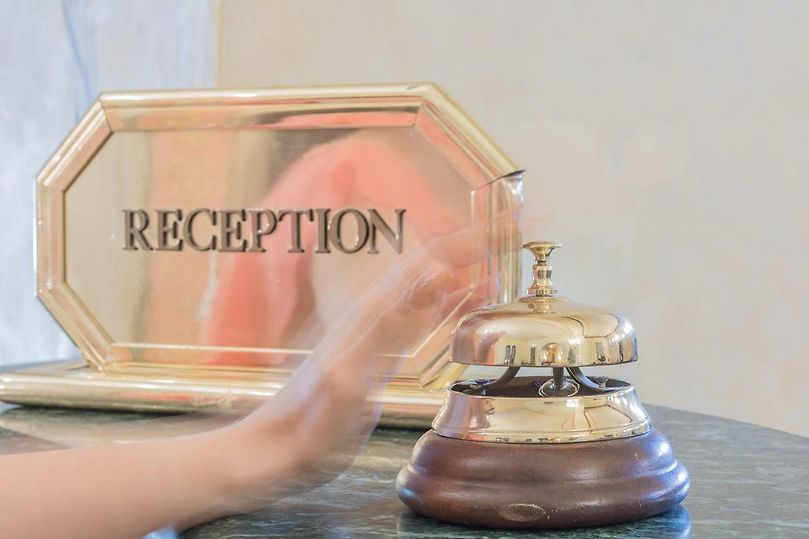
Santa Maria, Sal, Cape Verde
Agent: Cliff Jacobs - Managing Principal Estate Agent & CEO (Nat.Dpl.Hotel Man (UJ). M.P.R.E.)
Agent Cellphone: +27 (0) 84 413 1071 / +27 (0) 61 716 6951
Agent Office Number: +27 (0) 21 554 0283
Agent Email Address: cliff@exquisitehotelconsultants.com
Type: Bed and Breakfast/Inn
Bedrooms: 10
Bathrooms: 10
Showers: 10
Parking: 10
Yield: Not Disclosed
TGCSA Rating:

Sal
Sal is an island in Cape Verde. Sal is a tourist destination with white sandy beaches and over 350 days of sunshine a year. It is one of the three sandy eastern islands of the Cape Verde archipelago in the central Atlantic Ocean, 350 mi (560 km) off the west coast of Africa. Cabo Verde is known for year-round kiteboarding, for the large reserve of Caretta turtles which hatch from July to September, and the music of Cesaria Evora.
History
For Europeans , the island was discovered on 3 December 1460 and named Llana ("flat"). This name was changed into the current "Sal" when the two large salt ponds (Pedra de Lume and Santa Maria) were discovered. The first three centuries after its discovery, the island was only sparsely inhabited; in 1720 there was a small fishing village near present Palmeira. This changed when the salt industry was developed at the end of the 18th century, starting in Pedra de Lume. Santa Maria was founded in the south of the island in 1830 by Manuel António Martins. During this time the salt industry thrived, with 30,000 tons of salt being exported in the early years. Most of the salt was exported to Brazil until its nationalization in 1887, Portuguese and French salt investors resumed salt production until 1984.
In 1939 Italy started constructing an airport to receive flights from Europe and South America. Construction was halted and ceased around World War II. The Portuguese bought the airport from the Italians and finished it in 1949. Northeast of the airport, workers from São Nicolau Island settled in a village named Preguiça, now part of Espargos. Hurricane Fred struck the island of Sal in late summer 2015, causing damage to houses, tourist facilities and ships.
Geography
The island is 29.7 km long and 11.8 km wide. Its area is 219.84 km2 (84.88 sq mi). It is one of the three sandy eastern islands (Sal, Boa Vista and Maio) of the archipelago, with white sandy beaches. The island is fairly flat; its highest point is Monte Grande, at 406 m elevation. The uninhabited islet Ilhéu Rabo de Junco lies near the west coast of Sal. Saline marshes can be found in the Pedra de Lume crater and north of Santa Maria.
Climate
Sal Island has on average 350 days of sunshine a year. Winds mainly blow from the northeast. However, some days do also have clouds, but they tend to be scattered and seldom bring rain. The 'rainy season' is from July to mid-October, although rainfall is still low.
Cape Verde
Cape Verde, officially the Republic of Cabo Verde, is an archipelago and island country of West Africa in the central Atlantic Ocean, consisting of ten volcanic islands with a combined land area of about 4,033 square kilometres (1,557 sq mi). These islands lie between 600 and 850 kilometres (320 and 460 nautical miles) west of Cap-Vert, the westernmost point of continental Africa. The Cape Verde islands form part of the Macaronesia ecoregion, along with the Azores, the Canary Islands, Madeira, and the Savage Isles.
The Cape Verde archipelago was uninhabited until the 15th century, when Portuguese explorers discovered and colonized the islands, thus establishing the first European settlement in the tropics. Because the Cape Verde islands were conveniently located to play a role in the Atlantic slave trade, Cape Verde became economically prosperous during the 16th and 17th centuries, attracting merchants, privateers, and pirates. It declined economically in the 19th century after the suppression of the Atlantic slave trade, and many of its inhabitants emigrated during that period. However, Cape Verde gradually recovered economically by becoming an important commercial center and useful stopover point along major shipping routes. Cape Verde became independent in 1975.
Since the early 1990s, Cape Verde has been a stable representative democracy and has remained one of the most developed and democratic countries in Africa. Lacking natural resources, its developing economy is mostly service-oriented, with a growing focus on tourism and foreign investment. Its population of around 596,000 (as of 2022) is of mostly African and a minor European heritage, and predominantly Roman Catholic, reflecting the legacy of Portuguese rule. A sizeable Cape Verdean diaspora community exists across the world, especially in the United States and Portugal, considerably outnumbering the inhabitants on the islands. Cape Verde is a member state of the African Union.
Cape Verde's official language is Portuguese. The recognized national language is Cape Verdean Creole, which is spoken by the vast majority of the population. As of the 2021 census the most populated islands were Santiago, where the capital Praia is located (269,370), São Vicente (74,016), Santo Antão (36,632), Fogo (33,519) and Sal (33,347). The largest cities are Praia (137,868), Mindelo (69,013), Espargos (24,500) and Assomada (21,297).
Etymology
The country is named after the Cap-Vert peninsula, on the Senegalese coast. The name Cap-Vert, in turn, comes from the Portuguese language Cabo Verde ('green cape'), the name that Portuguese explorers gave the cape in 1444, a few years before they came across the islands.
On 24 October 2013, the country's delegation to the United Nations informed it that other countries should no longer use Cape Verde or any other translations of Cabo Verde as part of its official name: all countries should use Republic of Cabo Verde as the country's official name. Speakers of English have used the name Cape Verde for the archipelago and, since independence in 1975, for the country. In 2013, the Cape Verdean government determined that it would thenceforth use the Portuguese name Cabo Verde for official purposes, including at the United Nations, even when speaking or writing in English.
History
Before the arrival of Europeans, the Cape Verde Islands were uninhabited. They were discovered by Genoese and Portuguese navigators around 1456. According to Portuguese official records, the first discoveries were made by Genoa-born António de Noli, who was afterwards appointed governor of Cape Verde by the Portuguese king Afonso V. Other navigators mentioned as contributing to discoveries on the Cape Verde archipelago are Diogo Dias, Diogo Afonso, Venetian Alvise Cadamosto, and Diogo Gomes (who had accompanied António de Noli on his voyage of discovery, and who claimed to have been the first to land on the Cape Verdean island of Santiago, and the first to name that island).
In 1462, Portuguese settlers arrived at Santiago and founded a settlement they called Ribeira Grande. Today it is called Cidade Velha ("Old City"), to distinguish it from a town of the same name on a different Cape Verdean island (Ribeira Grande on the island of Santo Antão). The original Ribeira Grande was the first permanent European settlement in the tropics.
In the 16th century, the archipelago prospered from the Atlantic slave trade. Pirates occasionally attacked the Portuguese settlements. Francis Drake, an English privateer, twice sacked the (then) capital Ribeira Grande in 1585 when it was a part of the Iberian Union. After a French attack in 1712, the town declined in importance relative to nearby Praia, which became the capital in 1770.
The decline in the slave trade in the 19th century resulted in an economic crisis. Cape Verde's early prosperity slowly vanished. However, the islands' position astride mid-Atlantic shipping lanes made Cape Verde an ideal location for re-supplying ships. Because of its excellent harbour, the city of Mindelo, located on the island of São Vicente, became an important commercial centre during the 19th century. Diplomat Edmund Roberts visited Cape Verde in 1832. Cape Verde was the first stop of Charles Darwin's voyage with HMS Beagle in 1832.
With few natural resources and inadequate sustainable investment from the Portuguese, the citizens grew increasingly discontented with the colonial masters, who refused to provide the local authorities with more autonomy. In 1951, Portugal changed Cape Verde's status from a colony to an overseas province in an attempt to blunt growing nationalism.
In 1956, Amílcar Cabral and a group of fellow Cape Verdeans and Guineans organized (in Portuguese Guinea) the clandestine African Party for the Independence of Guinea and Cape Verde (PAIGC). It demanded improvement in economic, social and political conditions in Cape Verde and Portuguese Guinea and formed the basis of the two nations' independence movement. Moving its headquarters to Conakry, Guinea in 1960, the PAIGC began an armed rebellion against Portugal in 1961. Acts of sabotage eventually grew into a war in Portuguese Guinea that pitted 10,000 Soviet Bloc-supported PAIGC soldiers against 35,000 Portuguese and African troops.
By 1972, the PAIGC controlled much of Portuguese Guinea despite the presence of the Portuguese troops, but the organization did not attempt to disrupt Portuguese control in Cape Verde. Portuguese Guinea declared independence in 1973 and was granted de jure independence in 1974. A budding independence movement – originally led by Amílcar Cabral, assassinated in 1973 – passed on to his half-brother Luís Cabral and culminated in independence for the archipelago in 1975.
Independence (1975)
Following the April 1974 revolution in Portugal, the PAIGC became an active political movement in Cape Verde. In December 1974, the PAIGC and Portugal signed an agreement providing for a transitional government composed of Portuguese and Cape Verdeans. On 30 June 1975, Cape Verdeans elected a National Assembly which received the instruments of independence from Portugal on 5 July 1975.
Immediately following the November 1980 coup in Guinea-Bissau, relations between Cape Verde and Guinea-Bissau became strained. Cape Verde abandoned its hope for unity with Guinea-Bissau and formed the African Party for the Independence of Cape Verde (PAICV). Problems have since been resolved and relations between the countries are good. The PAICV and its predecessor established a one-party system and ruled Cape Verde from independence until 1990.
Responding to growing pressure for pluralistic democracy, the PAICV called an emergency congress in February 1990 to discuss proposed constitutional changes to end one-party rule. Opposition groups came together to form the Movement for Democracy (MpD) in Praia in April 1990. The one-party state was abolished on 28 September 1990, and the first multi-party elections were held in January 1991. The MpD won a majority of the seats in the National Assembly, and MpD presidential candidate António Mascarenhas Monteiro defeated the PAICV's candidate with 73.5% of the votes.[citation needed] Legislative elections in December 1995 increased the MpD majority in the National Assembly.
A February 1996 presidential election returned President Monteiro to office. Legislative elections in January 2001 returned power to the PAICV, with the PAICV holding 40 of the National Assembly seats, MpD 30, and Party for Democratic Convergence (PCD) and Labour and Solidarity Party (PTS) 1 each. In February 2001, the PAICV-supported presidential candidate Pedro Pires defeated former MpD leader Carlos Veiga by only 13 votes. President Pedro Pires was narrowly re-elected in 2006 elections.
President Jorge Carlos Fonseca led the country after the 2011 Cape Verde presidential election and he was re-elected in the 2016 election. He was supported by the Movement for Democracy Party. MpD also won in the 2016 parliamentary elections, taking back parliamentary majority after 15 year-rule of African Party for the Independence of Cape Verde (PAICV). In April 2021, the ruling center-right Movement for Democracy (MpD) of Prime Minister Ulisses Correia e Silva won the parliamentary election.
In October 2021, opposition candidate and former prime minister, Jose Maria Neves of PAICV, won Cape Verde's presidential election.[26] On 9 November 2021, Jose Maria Neves was sworn in as the new President of Cape Verde.
Climate
Cape Verde's climate is milder than that of the African mainland because the surrounding sea moderates temperatures on the islands and cold Atlantic currents produce an arid atmosphere around the archipelago. Conversely, the islands do not receive the upwelling (cold streams) that affect the West African coast, so the air temperature is cooler than in Senegal, but the sea is warmer. Due to the relief of some islands, such as Santiago with its steep mountains, the islands can have orographically induced precipitation, allowing rich woods and luxuriant vegetation to grow where the humid air condenses soaking the plants, rocks, soil, logs, moss, etc. On the higher islands and somewhat wetter islands, exclusively in mountainous areas, like Santo Antão island, the climate is suitable for the development of dry monsoon forests, and laurel forests.[43] Average temperatures range from 22 °C (72 °F) in February to 27 °C (80.6 °F) in September. Cape Verde is part of the Sahelian semi-arid belt, with nothing like the rainfall levels of nearby West Africa. It rains irregularly between August and October, with frequent brief heavy downpours. A desert is usually defined as terrain that receives less than 250 mm (9.8 in) of annual rainfall. Sal's total of 145 mm (5.7 in) confirms this classification. Most of the year's rain falls in September.
Sal, Boa Vista, and Maio have a flat landscape and arid climate, whilst the other islands are generally rockier and have more vegetation. Because of the infrequent occurrence of rainfall, where not mountainous, the landscape is so arid that less than two percent of it is arable. The archipelago can be divided into four broad ecological zones – arid, semiarid, subhumid and humid, according to altitude and average annual rainfall ranging from less than 100 millimetres (3.9 inches) in the arid areas of the coast as in the Deserto de Viana (67 millimetres (2.6 inches) in Sal Rei) to more than 1,000 millimetres (39 inches) in the humid mountain. Most rainfall precipitation is due to condensation of the ocean mist.
In some islands, like Santiago, the wetter climate of the interior and the eastern coast contrasts with the drier one on the south/southwest coast. Praia, on the southeast coast, is the largest city on the island and the largest city and capital of the country.
While most of Cape Verde receives little precipitation throughout the year, the northeastern slopes of high mountains see significant rainfall due to orographic lift, especially in areas far from the sea. In some such areas this precipitation is sufficient to support a rainforest habitat, albeit one significantly affected by the islands' human presence. These umbria areas are identified as cool and moist. Cape Verde lies in the Cape Verde Islands dry forests ecoregion.
Western Hemisphere-bound hurricanes often have their early beginnings near the Cape Verde Islands. These are referred to as Cape Verde-type hurricanes. These hurricanes can become very intense as they cross warm Atlantic waters away from Cape Verde. The average hurricane season has about two Cape Verde-type hurricanes, which are usually the largest and most intense storms of the season because they often have plenty of warm open ocean over which to develop before encountering land. The five largest Atlantic tropical cyclones on record have been Cape Verde-type hurricanes. Most of the longest-lived tropical cyclones in the Atlantic basin are Cape Verde hurricanes.[citation needed]
As of 2015, the islands themselves have only been struck by hurricanes twice in recorded history (since 1851): once in 1892, and again in 2015 by Hurricane Fred, the easternmost hurricane ever to form in the Atlantic.
Economy
Cape Verde's notable economic growth and improvement in living conditions despite a lack of natural resources have garnered international recognition, with other countries and international organizations often providing development aid. Since 2007, the UN has classified it as a developing nation rather than a least developed country.
Cape Verde has few natural resources. Only five of the ten main islands (Santiago, Santo Antão, São Nicolau, Fogo, and Brava) normally support significant agricultural production, and over 90% of all food consumed in Cape Verde is imported. Mineral resources include salt, pozzolana (a volcanic rock used in cement production), and limestone. Its small number of wineries making Portuguese-style wines have traditionally focused on the domestic market, but have recently met with some international acclaim.
The economy of Cape Verde is service-oriented, with commerce, transport, and public services accounting for more than 70% of GDP. Although nearly 35% of the population lives in rural areas, agriculture and fishing contribute only about 9% of GDP. Light manufacturing accounts for most of the remainder. Fish and shellfish are plentiful, and small quantities are exported. Cape Verde has cold storage and freezing facilities and fish processing plants in Mindelo, Praia, and on Sal. Expatriate Cape Verdeans contribute an amount estimated at 20% of GDP to the domestic economy through remittances. Despite having few natural resources and being semi-desert, the country has the highest living standards in the region and has attracted thousands of immigrants of different nationalities.
Since 1991, the government has pursued market-oriented economic policies, including an open welcome to foreign investors and a far-reaching privatization programme. It established as top development priorities the promotion of a market economy and the private sector; the development of tourism, light manufacturing industries, and fisheries; and the development of transport, communications, and energy facilities. From 1994 to 2000 about $407 million in foreign investments were made or planned, of which 58% were in tourism, 17% in industry, 4% in infrastructure, and 21% in fisheries and services.
In 2011, on four islands a wind farm was built that supplies about 30% of the electricity of the country. As host to the ECOWAS Regional Centre for Renewable Energy and Energy Efficiency, inaugurated in 2010, Cape Verde plans to lead by example by becoming entirely reliant on renewable energy sources by 2025. This policy is consistent with the plethora of documents adopted in 2015 paving the way to more sustainable development, including Cape Verde's Transformational Agenda to 2030, its National Renewable Energy Plan and its Low Carbon and Climate-resilient Development Strategy. Two years later, these were followed by a Strategic Plan for Sustainable Development, 2017–2021.
Between 2000 and 2009, real GDP increased on average by over seven percent a year, well above the average for Sub-Saharan countries and faster than most small island economies in the region. Strong economic performance was bolstered by one of the fastest growing tourism industries in the world, as well as by substantial capital inflows that allowed Cape Verde to build up national currency reserves to the current 3.5 months of imports. Unemployment has been falling rapidly, and the country is on track to achieve most of the UN Millennium Development Goals – including halving its 1990 poverty level.
In 2007, Cape Verde joined the World Trade Organization (WTO) and in 2008 the country graduated from Least Developed Country (LDC) to Middle Income Country (MIC) status.
Cape Verde has significant cooperation with Portugal at every level of the economy, which has led it to link its currency first to the Portuguese escudo and, in 1999, to the euro. On 23 June 2008 Cape Verde became the 153rd member of the WTO.
In early January 2018, the government announced that the minimum wage would be raised to 13,000 CVE (€118) per month, from 11,000 CVE, which was effective in mid-January 2018.
About us
Most of the bars and restaurants are within a few minutes walking distance, some are almost on our doorstep.
The beautiful beach is also just 100 meters away!
Our charming hotel offers ten double or twin rooms with comfortable beds, private bathrooms, free Wifi and a typical Cape Verdean interior.
Our values are: Clean, Cosy, Service Oriented and Friendly.
Our amazing reviews on Booking.com, Google, Facebook, TUI Netherlands and TripAdvisor prove that we live by these values.
Our bed and breakfast ws built in the year 2000 by the former French owner. He did a great job. The charm of the hotel and the layout of the building are all his work. As is the amazing location.
In May 2018, the Dutch couple bought the hotel and completely upgraded it. And again in 2019.
Our bed and breakfast's name is an appropriate name for our beautiful building.
We are perfectionists, passionate about continuously improving every aspect of the hotel. We took bed and breakfast to the next level and keep on doing so on a daily basis.
Cheers!
Enjoy your breakfast!
The three most important ingredients for a great time in a Bed and Breakfast are comfortable beds, a perfect breakfast and amazing staff.
We have taken good care of all three.
At our bed and breakfast you can enjoy a great breakfast with lots of choice and good coffee on our lovely roof terrace.
What a great way to start your day!
For later in the day we can tell you where the best bars and restaurants are. There are so many great restaurants in Santa Maria that it will take you weeks to visit them all.
You will love our staff!
There is something special about the atmosphere in our bed and breakfast. The moment you walk in, it feels cosy and you feel welcome and appreciated.
Our staff are super friendly and service oriented.
We will do whatever we can to make you have a great holiday.
We speak many languages, including Creole, Portuguese, Italian, French, Dutch, German and English.
Something different
If you look for something special, our hotel may very well be the ideal place for you.
Our bed and breakfast can barely be compared to other hotels because we are just different.
It is a variety of aspects that make us stand out, like our fantastic staff, the Cape Verdean decor, the friendly atmosphere, our traditional and authentic building and the location in the vibrant heart of Santa Maria and yet so close to the beach. We combine all this with good comfort and a lovely roof terrace.
Our wonderful roof terrace
Our roof terrace is not just for breakfast. You can relax here any time of day. Even though the beautiful Santa Maria beach is so close, you may want to spend time on our terrace for sunbathing, reading a book, having a drink or playing one of our games.
A reduced footprint
We have taken the following measures:
Our Rooms
Double Room Standard
Amenities
Amenities
Twin Room Plus
Amenities
Double Room Plus
Things to do
Things to do on Sal island
The owners of our bed and breakfast will be present at breakfast time to give you all kinds of tips to make your stay at Sal as enjoyable as possible. We know the best restaurants, the longest happy hours, the best surf spots and schools, fishing trips and so on.
Below you may find examples of things to do. Tell us what you like and we make sure that you will have a great time on Sal.
For surf classes in the high season (November until the end of March) it is best to organise everything before you come to Sal. All the schools are so busy in these months that you may need to make a reservation in time. We can help you do that. Just send us an email about your wishes to start the communication and we will make sure that everything is planned in time. All other activities can be arranged when you get here, but naturally they could also be booked before your arrival.
Island tour
This is almost a "must do" because you will have such a great day!
On the island tours, you visit places like:
A usual way to do the island tour is in (the back of) a pick-up truck.
This day is usually done as a full day tour including lunch and all entrance fees.
Quad or car rental
Doing a quad tour is a fun way to explore the island. You could even do the full day island tour on a quad. The standard island tour of course is fully organised, but this may be more fun for some.
We can give you directions so you will not get lost!
There is a place in Santa Maria where they rent out quads with a big back rest. With two persons on one quad this is a lot more comfortable.
Cars can be rented in many categories for reasonable prices.
Surf lessons
Whether you want to take lessons in surf, windsurf, SUP, body boarding or kite surf, we can organise this for you.
We know which school and location to go to, based on your experience level and preferences. Please come talk to us, because for example too many people are taken to Kite Beach for their kite surf lessons, because this is “the place to be”. We however think that beginners should maybe not take their kite lessons there (like we did).
Turtle tours
From mid-June to late-September, it is possible to go on a tour to see the big turtles lay eggs on the beach. This is done at night. The tour guide drives you to a beach where they search for the turtles to come on land.
Since it is wildlife they cannot guarantee that you will see it happening, but 99% of the times you will be a witness of this impressive event.
From late-July until mid-October the baby turtles hedge on various places on the island. It is very cute to see this happen and see the little ones crawl out of the nest. This happens on different places each year, so ask us where you can go to the best and we will find out for you.
Diving
Cape Verde has some nice dive spots, including wreck dives.
It’s not like diving in Egypt, but you can make some really nice dives here, comparable to diving in the Caribbean.
Other activities
There are more things to do on Sal, like renting an electric bike, zip line, bicycle tours, guided walking tours in Santa Maria, big game fishing, sailing trips, horseback riding, jet skiing etcetera.
We can also organise a trip to Boa Vista by boat.
Or maybe you just want to know where to find the most beautiful beaches?







































Cliff Jacobs (Nat Dpl Hotel Man (UJ). MPRE. GA Level 5 TEFL) Managing Principal / CEO Exquisite Hotel Consultants (Pty) Ltd Mobile: +27 (0) 84 413 1071 / +27 (0) 61 716 6951 Landline: +27 (0) 21 554 0283 Email: cliff@exquisitehotelconsultants.com Web: https://www.exquisitehotelconsultants.com © All rights reserved Terms and Conditions apply Scroll down to view our Hospitality Properties and Businesses for sale or lease or lease-to-buy or partnership arrangement or management agreement arrangement